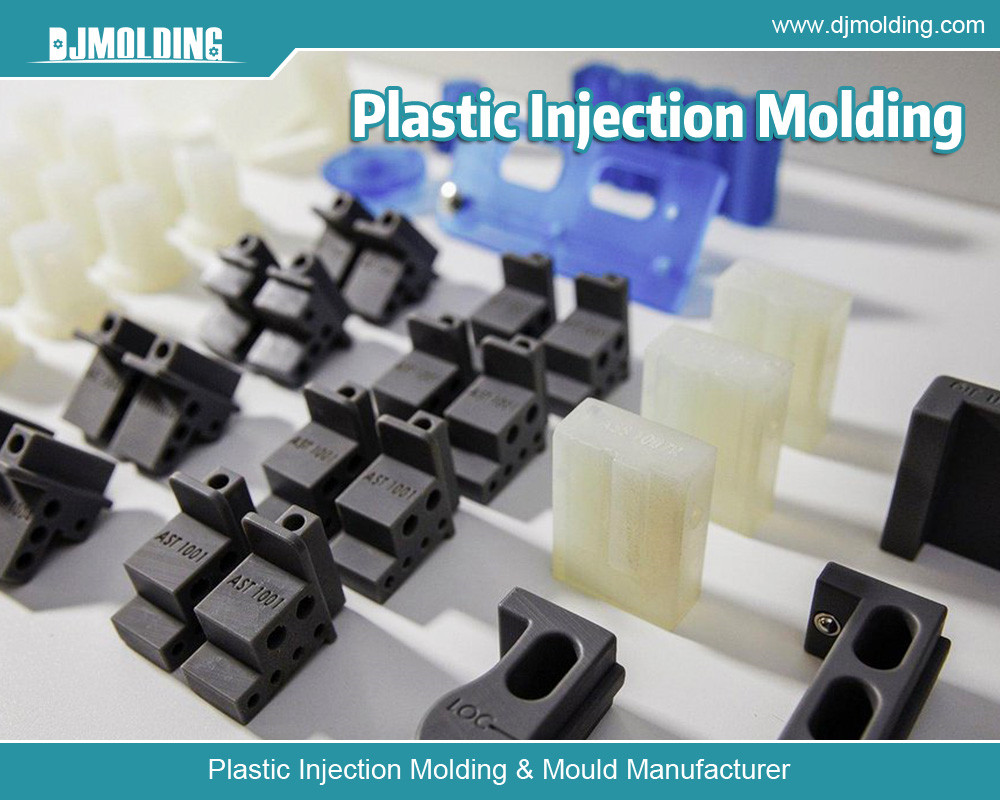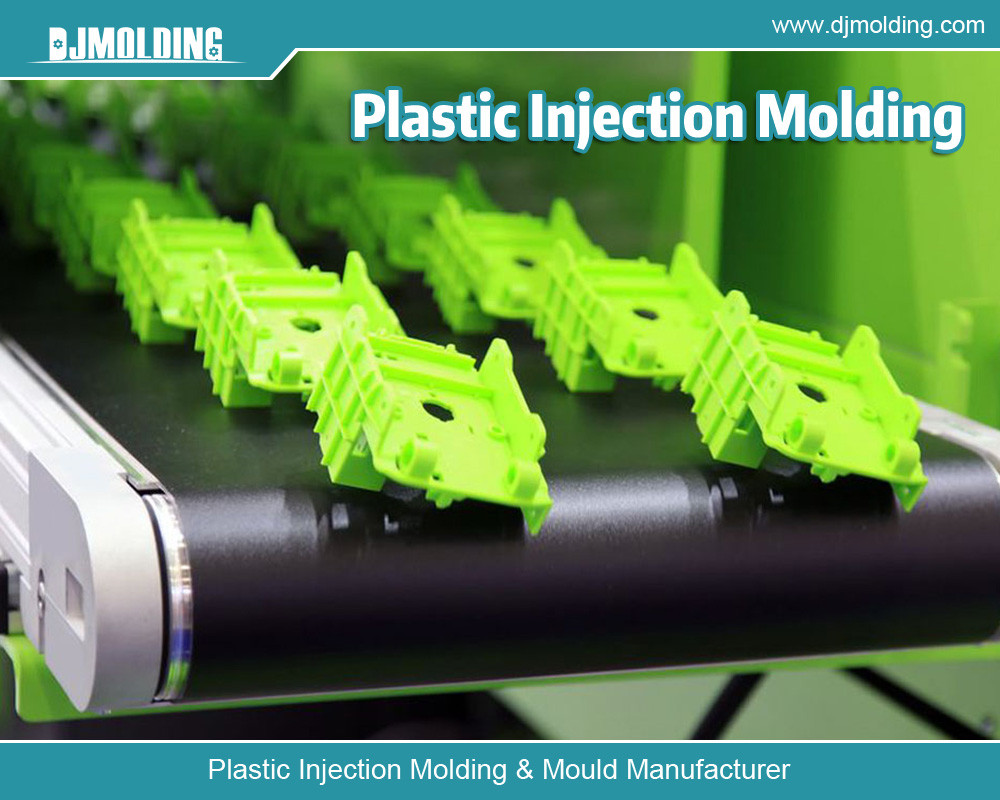Τα πλεονεκτήματα και οι προκλήσεις των εταιρειών χύτευσης με έγχυση πλαστικών εξαρτημάτων αυτοκινήτων
Η αυτοκινητοβιομηχανία έχει βιώσει μια σημαντική στροφή προς τη χρήση πλαστικών εξαρτημάτων λόγω των πολυάριθμων πλεονεκτημάτων τους. Μία από τις κύριες μεθόδους κατασκευής αυτών των εξαρτημάτων είναι η χύτευση πλαστικού με έγχυση. Αυτή η διαδικασία περιλαμβάνει την έγχυση λιωμένου πλαστικού σε μια κοιλότητα καλουπιού για να σχηματιστεί ένα συγκεκριμένο σχήμα ή σχέδιο. This article will discuss the advantages and challenges of χύτευση με έγχυση πλαστικών εξαρτημάτων αυτοκινήτων, τις εφαρμογές του, και προοπτικές.

Overview of Automotive Plastic Components Injection Molding
Plastic injection molding is a manufacturing process that has revolutionized the production of automotive components. It involves molten plastic injected into a mold cavity under high pressure and temperature. The plastic solidifies, taking the shape of the mold, resulting in a precise and accurate component. The automotive industry widely uses this process due to its cost-effectiveness, ευστροφία, και συνέπεια. Here is an overview of automotive plastic components injection molding:
Ορισμός
Automotive plastic components injection molding is the process of using molten plastic to produce a specific shape or design of automotive components. The plastic material is heated until it reaches its melting point, and then it is injected into a mold cavity under high pressure, where it solidifies and takes the shape of the mold.
Types of plastic used
Injection molding utilizes various plastic materials, including thermoplastic, thermosetting, και ελαστομερή. The plastic material selection depends on the components’ required properties, όπως η δύναμη, αντοχή, and resistance to temperature and wear.
Η διαδικασία χύτευσης με έγχυση
The injection molding process consists of four stages: ένεση, σύσφιξη, ψύξη, και εκτίναξη. The molten plastic is injected into the mold cavity under high pressure during injection, and the mold is closed tightly in the clamping stage to ensure the plastic fills the hole. In the cooling step, we cool the plastic until it solidifies, and in the ejection stage, we eject the component from the mold.
Importance of design
Design is a crucial factor in the injection molding process, and the component’s design must be precise and accurate to ensure efficient production and cost-effective manufacturing. The design also needs to consider the properties of the plastic material and the requirements of the component, such as its functionality, αντοχή, and aesthetics.
Advantages of Automotive Plastic Components Injection Molding
The use of plastic components in the automotive industry offers several benefits, συμπεριλαμβανομένου:
- Η σχέση κόστους-αποτελεσματικότητας: Injection molding is an efficient and cost-effective method for producing large volumes of components at high speeds.
- High-volume production: The process allows for quickly producing significant components, reducing lead times and increasing efficiency.
- Versatility in design: The process offers flexibility in design, allowing for the production of complex and intricate shapes and designs.
- Durability and resistance to wear and tear: Plastic components are durable, lightweight, and resistant to corrosion, wear, and tear.
- Consistency and repeatability: The process ensures consistency and repeatability, ensuring the components meet the required specifications.
Challenges of Automotive Plastic Components Injection Molding
While χύτευση με έγχυση πλαστικών εξαρτημάτων αυτοκινήτων has become widely used, manufacturers still face challenges utilizing this technology. Here are some of the challenges associated with automotive plastic components injection molding:
Tooling costs
One of the significant challenges of plastic injection molding is the initial tooling cost. The tooling used in injection molding can be expensive, making it difficult for small manufacturers to adopt it. The tooling cost varies depending on the size and complexity of the mold required, and the price can be significant for high-precision and large molds.
Quality control challenges
The production process of plastic injection molding requires strict quality control measures to ensure the components meet the required specifications. Achieving consistent and repeatable results in the high-pressure injection process requires precise control over temperature, πίεση, and cooling time. Any deviation from the set parameters can lead to defective components.
Environmental concerns
The disposal of plastic waste is a significant environmental concern, and the automotive industry needs to find sustainable solutions. Plastic injection molding generates waste, including scrap material, rejected parts, and excess resin. The industry needs to find ways to minimize waste and recycle or reuse materials to reduce the environmental impact of the process.
Limited material options
The range of materials available for injection molding is limited, and manufacturers need to consider the properties of the materials used carefully. While many different types of plastic are available, not all are suitable for injection molding. Some materials may need to meet the required specifications, and others may need to be more cost-effective.
Applications of Automotive Plastic Components Injection Molding
Automotive plastic components injection molding has numerous applications in the automotive industry, and its usage has become increasingly popular. The process of plastic injection molding can produce high-quality components that meet the requirements of the automotive industry, such as durability, Το χυτό πλαστικό έχει προχωρήσει πολύ τα τελευταία χρόνια, and resistance to wear and tear. Here are some of the applications of χύτευση με έγχυση πλαστικών εξαρτημάτων αυτοκινήτων:
Interior and exterior components:
The automotive industry relies heavily on plastic injection molding to produce interior and exterior components. These components include door panels, ταμπλό, instrument panels, and bumper fascias. Plastic injection molding allows for the creation of these components in various colors and designs, making them functional and aesthetically pleasing.
Powertrain components:
Powertrain components play a critical role in the operation of a vehicle, and manufacturers utilize plastic injection molding to produce engine covers, oil pans, and transmission components. These components need to be strong, διαρκής, and resistant to high temperatures, and plastic injection molding allows for producing parts that meet these requirements.
Electrical and electronic components
Plastic injection molding produces various electrical and electronic components used in vehicles. These components include connectors, wiring harnesses, και αισθητήρες. Plastic injection molding allows for the creation pieces with intricate designs and precise dimensions, ensuring their proper functionality.
Safety components
The automotive industry places a high value on safety, and plastic injection molding produces components contributing to vehicle safety. These components include airbags, seatbelts, and crash sensors. Plastic injection molding allows for creating of these components with high precision and consistency, ensuring their reliability in an accident.
Future of Automotive Plastic Components Injection Molding
The use of plastic components in the automotive industry is expected to increase, driven by emerging trends and technologies such as:
- Emerging trends and technologies: Experts anticipate that 3D printing and additive manufacturing techniques will revolutionize the production of automotive components.
- Sustainable and eco-friendly solutions: Manufacturers are exploring sustainable and eco-friendly solutions to reduce plastic waste and environmental impact.
- Potential for customization and personalization: Injection molding provides the potential for customization and personalization of automotive components, increasing customer satisfaction.

συμπέρασμα
The use of plastic components in the automotive industry is increasing, driven by their numerous benefits. Injection molding is a widely used method for producing these components, providing cost-effectiveness, high-volume production, versatility in design, αντοχή, και συνέπεια. Ωστόσο, challenges include tooling costs, έλεγχος ποιότητας, environmental concerns, and limited material options. Manufacturers utilize plastic injection molding in various applications, including interior and exterior components, powertrain components, electrical and electronic components, and safety components. The future of χύτευση με έγχυση πλαστικών εξαρτημάτων αυτοκινήτων looks promising, with emerging trends and technologies, sustainable and eco-friendly solutions, and potential for customization and personalization.
For more about the advantages and challenges of automotive plastic components injection molding companies,μπορείτε να κάνετε μια επίσκεψη στο Djmolding στο https://www.djmolding.com/automotive-plastic-components-injection-molding/ για περισσότερες πληροφορίες.
Άρθρο Αρχικό Από: https://www.djmolding.com/the-advantages-and-challenges-of-automotive-plastic-components-injection-molding-companies/


